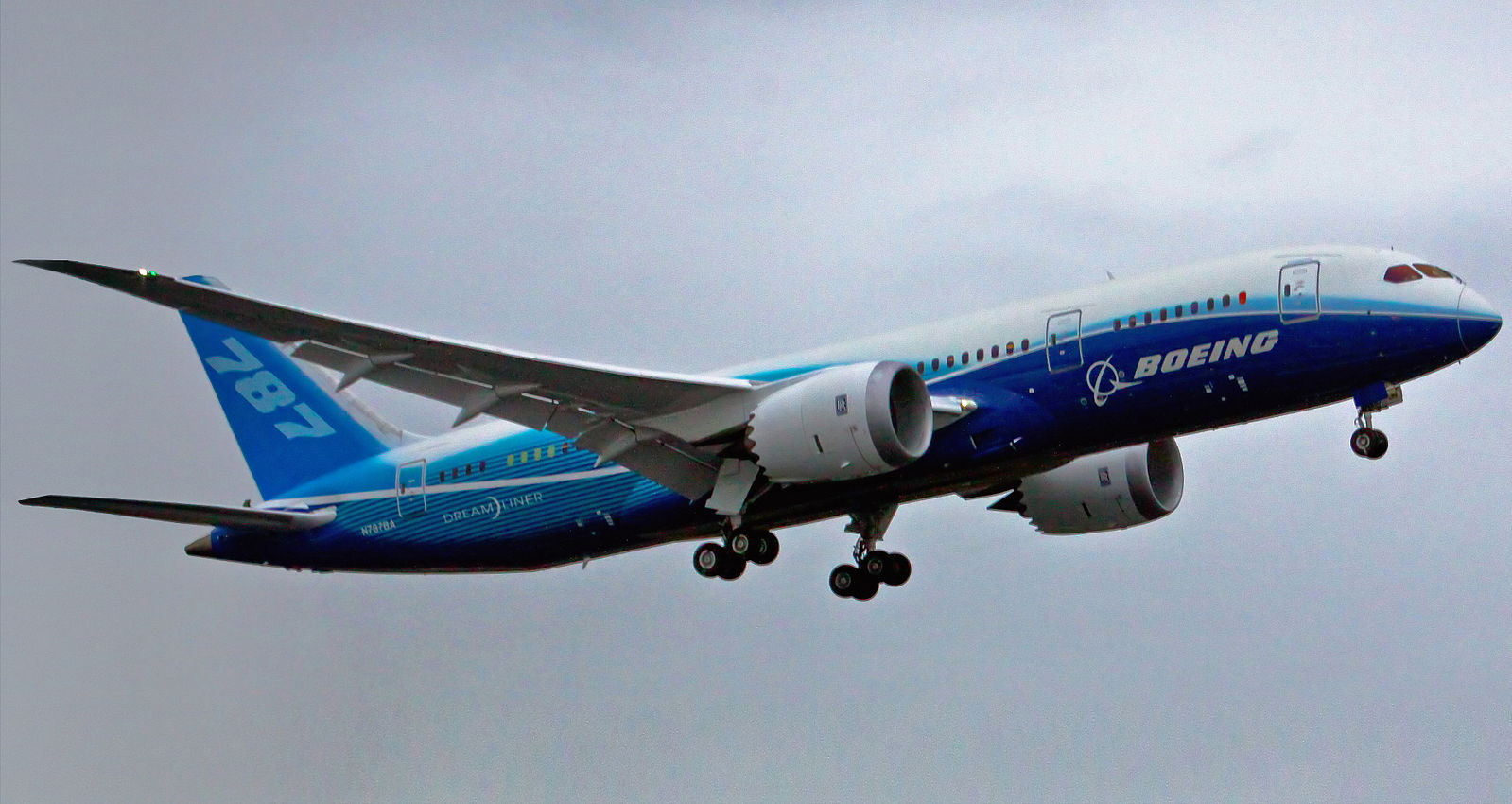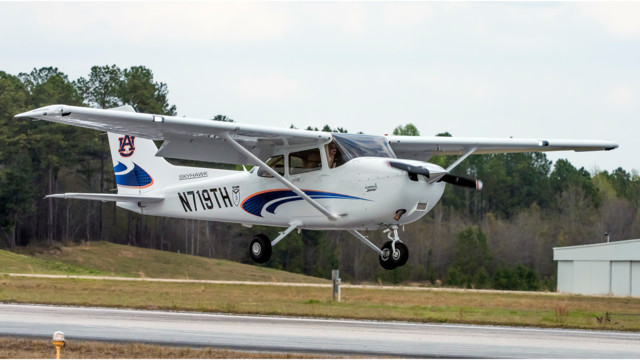Development of Flight Simulation Framework for Novel Vehicle Concepts
Based on current trends in the aerospace industry, it is highly likely that several categories of future flight vehicles will have novel or unconventional configurations and systems architectures. For such vehicles, more detailed stability and control analyses must be performed much earlier in the design cycle and fundamentally linked with the design process. VSD2L is working on developing a robust, flexible, and modular flight simulation framework which can be used to assess vehicle stability and control characteristics as well as perform piloted simulations to assess pilot-friendliness. The goal is to pair this framework with a hardware setup that comprises display and visualization systems and control inceptors to allow humans to interact with the vehicle and its flight control system in real time.
Sizing and Analysis of Novel Vehicle, Propulsion, and Systems Architectures

 Several recent vehicle concepts (some of which have been test-flown) have unconventional configurations and propulsion systems that are either fully electric or “hybrid” designs that use both batteries and conventional fuel. Some designs like NASA’s X-57 Maxwell use distributed propulsion while several other vertical takeoff and landing (VTOL) concepts are directed towards On-Demand Mobility (ODM) or Urban Air Mobility (UAM) markets. At the same time, some aircraft like the Boeing 787 may look “conventional” from the outside, but “under the skin” have “More Electric” systems architectures that replace traditional hydraulics or pneumatics.
Several recent vehicle concepts (some of which have been test-flown) have unconventional configurations and propulsion systems that are either fully electric or “hybrid” designs that use both batteries and conventional fuel. Some designs like NASA’s X-57 Maxwell use distributed propulsion while several other vertical takeoff and landing (VTOL) concepts are directed towards On-Demand Mobility (ODM) or Urban Air Mobility (UAM) markets. At the same time, some aircraft like the Boeing 787 may look “conventional” from the outside, but “under the skin” have “More Electric” systems architectures that replace traditional hydraulics or pneumatics.
For sizing and analysis of such novel or unconventional vehicle and systems architectures, there are gaps in currently-existing tools and methods, which are heavily based on historical data. Our research in this area is aimed at developing modeling, analysis, and optimization capabilities that are geared specifically towards novel vehicle and systems concepts and allow designers and analysts to better assess their performance potentials.
General Aviation Safety Research

 The United States has one of the largest and most diverse General Aviation (GA) communities, but its safety record lags behind that of commercial aviation. Our research in this area aims to use real-world flight data to model GA aircraft performance, analyze safety of flight retro-actively, and eventually enhance flight safety pro-actively in real-time.
The United States has one of the largest and most diverse General Aviation (GA) communities, but its safety record lags behind that of commercial aviation. Our research in this area aims to use real-world flight data to model GA aircraft performance, analyze safety of flight retro-actively, and eventually enhance flight safety pro-actively in real-time.
We will use Auburn University’s fleet of Garmin G1000-equipped Cessna 172 aircraft to collect flight data for calibrating and validating developed models and algorithms. Our end goal is to develop safety advisory tools capable of running real-time on portable electronic devices that can be carried into the cockpits of even older aircraft with limited instrumentation and little or no data collection capability.